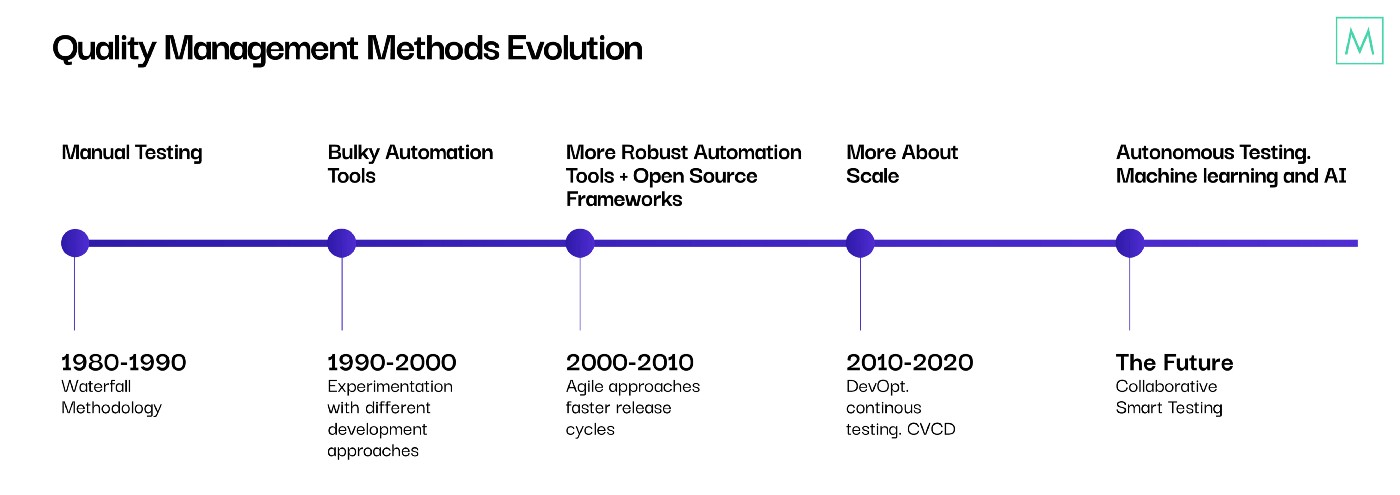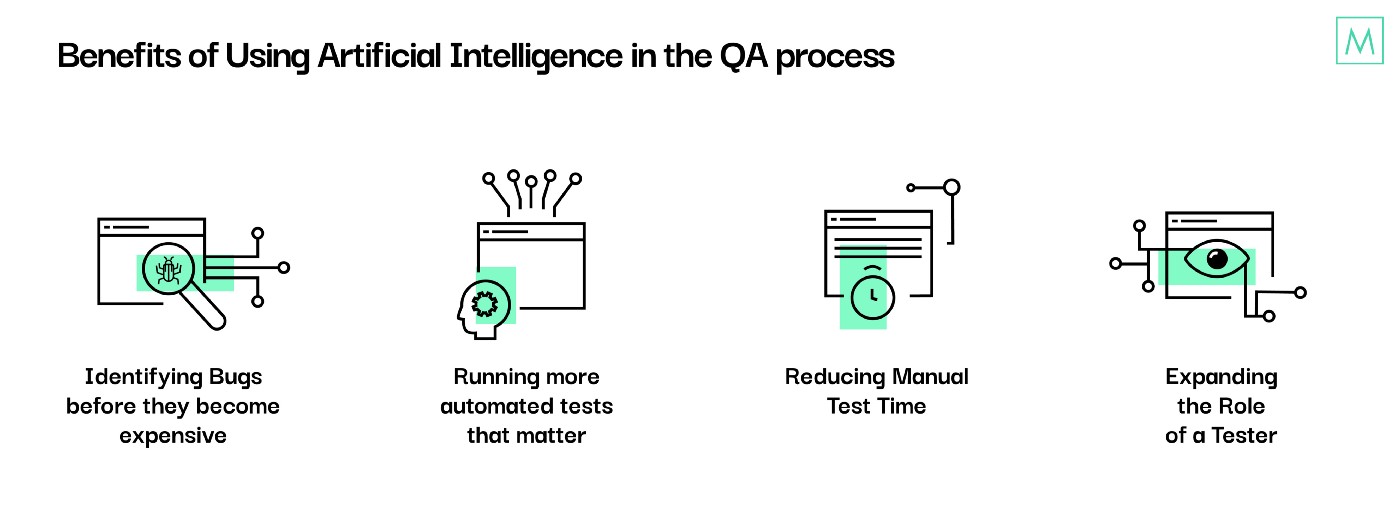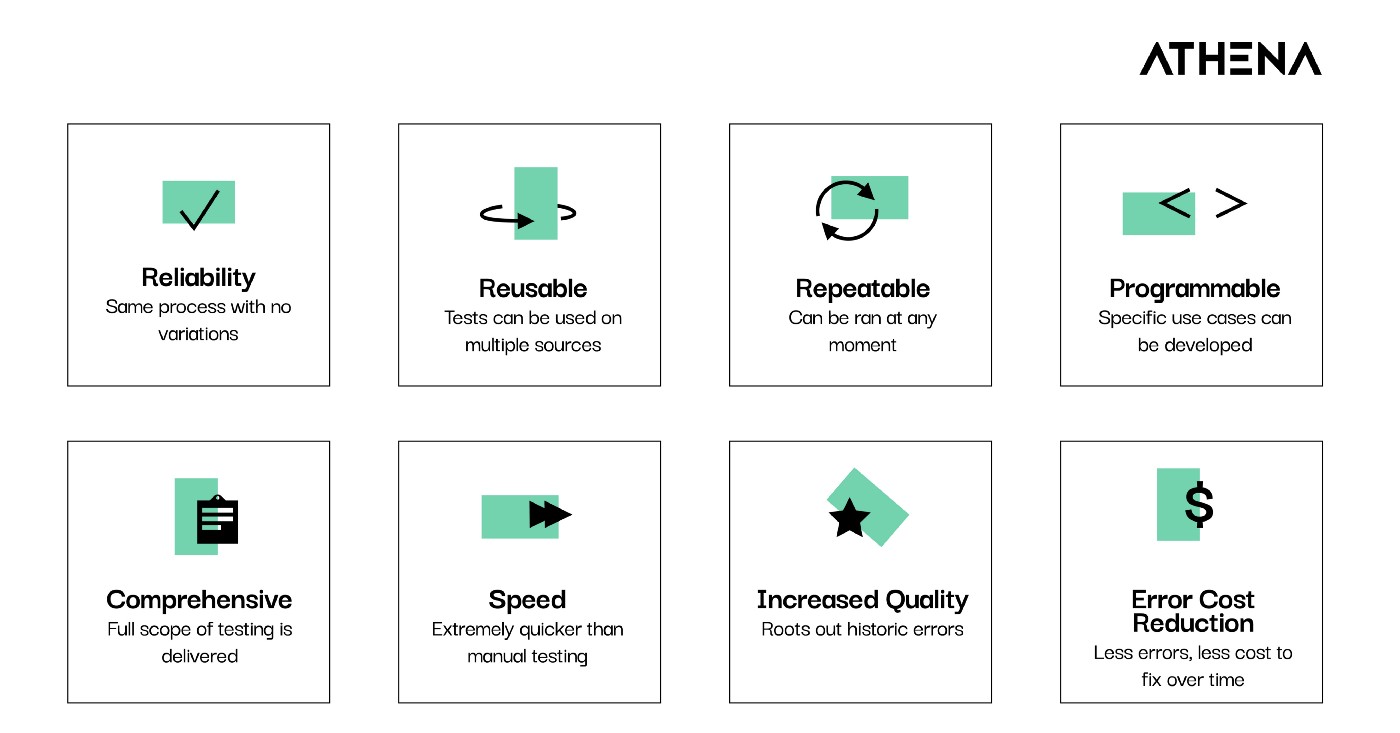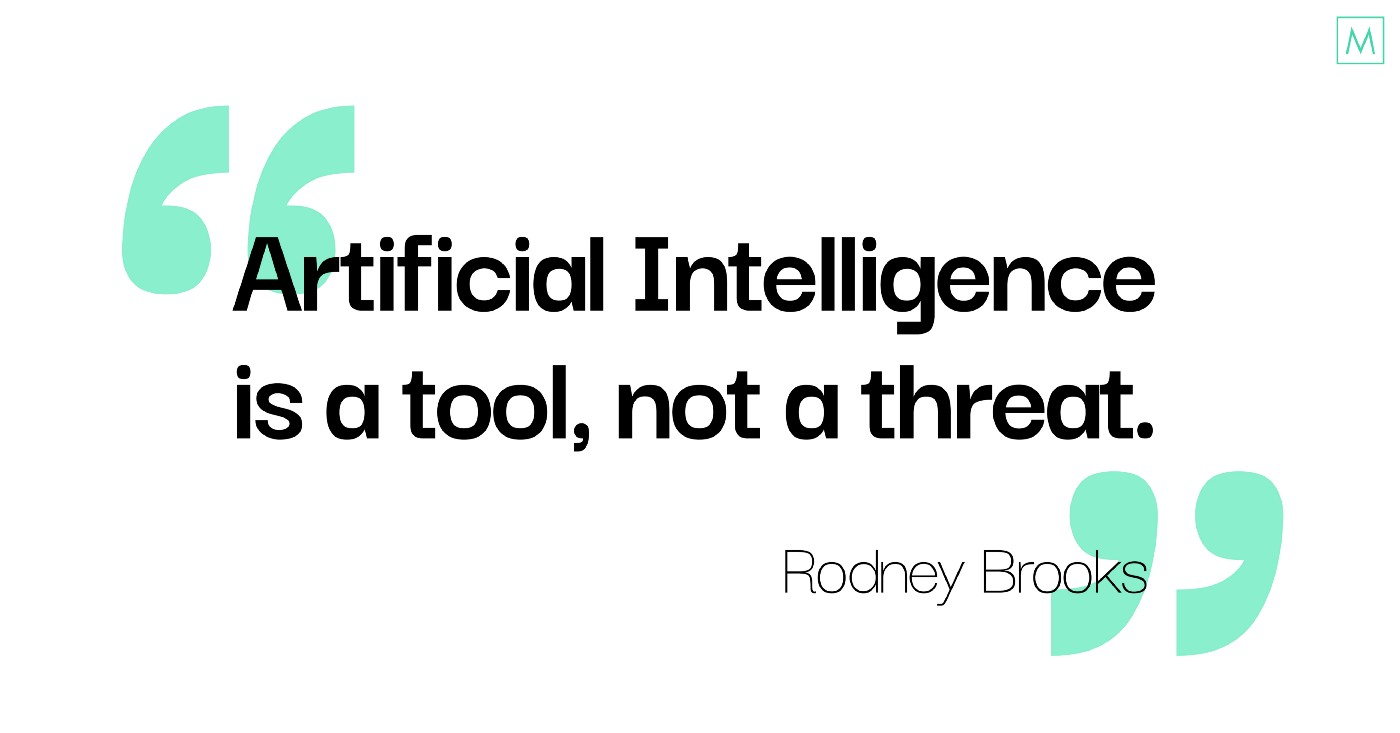Quality assurance is one of the most crucial elements of companies and concern for them. Most of the brands out there face issues in nourishing their product quality high, which can be dangerous if faults cause injuries or losses to a business.
To all business owners and quality assurance executives out there— as we are heading into 2021, it doesn’t matter what venture your company serves, it’s time to explore how AI can make things much effortless for you, so make sure to read this article till the very end.
Let’s kick start with a thought-provoking prediction you should be aware of:
Global GDP will be 14% higher in 2030 as a result of AI — the equivalent of an additional $15.7 trillion. Of this, $6.6 trillion is likely to come from increased productivity and $9.1 trillion from consumption-side effects.
Now, with the world moving in the direction of digital transformation, companies are forced to make a trade-off between faster time to market and a flawless UX. The goal for companies is to run more tests, find bugs quickly, and launch faster. Moving beyond the continuous testing approach is now inevitable.
In this article, we will discuss the evolution of QA management methods, how AI impacts and benefits quality assurance, how testers can embrace AI, and what is the future of test automation with AI as an integral part.
Quality Management Evolution from the Past to the Future
Quality Assurance strategies have changed. The ones that existed back in the 1980s have crossed several strides to keep up with the changing specifications of the software and web development, delivery approaches and product life cycles.

The present case, popularized as continuous testing, is dominated by the Agile and CI/CD approach. Even after being denoted as one of the most developed phases of QA testing, continuous testing brings some key challenges in Quality Assurance processes:
● Siloed automation
● An absence of an end to end requirements visibility
● The high volume of test
To resolve these problems, the industry must move to autonomous testing, which ensures a zero-touch QA.
How AI impacts the QA process
The role of technology within our personal and professional lives continues to expand at an exceptionally fast pace. The time needed to finalize the slew of required test cases directly conflicts with the fast pace driven by agile-like structures and continuous development.
The exploration of revolutionary testing methods, such as automation and AI, is now essential to keep pace and provide QA and test teams with augmented efficiencies. AI, just like automation tools, is going to assist in the overall testing effort. In the current era where the emphasis is on DevOps, CI/CD, integration, and continuous testing, AI can help to speed up these processes and make them more efficient.
Benefits of Using Artificial Intelligence in the QA process

Identifying Bugs before they become expensive
Bugs become expensive to fix as the software development process evolves. IBM’s Systems Sciences Institute reported that the cost to fix an error found after product release was 4 to 5 times more expensive than one uncovered during design — and up to 100 times more than a bug identified in the maintenance phase.
AI offers on-the-spot feedback, which is somewhat like a wish-come-true for all developers. With AI, bugs can be noticed even during the development phase itself, which leads to shorter product development lifecycles, delivering better products to testers and what is the most important — significant cost savings.
Running more automated tests that matter
Running an entire test suite due to a very small change in the application is not very strategic. Continuous integration and continuous testing already generate a wealth of data from your company test runs. But who has time to go through it all to search for common patterns over time?
Wouldn’t it be great to answer the classic testing question, “If a change was made in this piece of code, what’s the minimum number of tests we should be able to run in order to figure out whether or not this change is good or bad?”
AI tools can tell you with precision what the smallest number of tests is to test the piece of changed code. The tools can also analyze current test coverage and flag areas that have little coverage, or point out areas in the application that are at risk. This is an excellent example of a smart enabling precision testing.
Reducing Manual Test Time
Above all, a QA tester would like to decrease the time spent on writing test scripts, and here is exactly where AI becomes involved. AI can script 100 tests in 1/100th of the time that a person would have taken in doing the same.
This is highly true for Regression testing. For the same Regression testing that a manual tester would take days, automation does it in minutes. Moreover, the same script can be run over and over again and parallel testing implemented.
Expanding the Role of a Tester
With AI coming into being, the teams of QA engineers will find themselves learning additional skills. They will need to improve their expertise in neuro-linguistic programming, business intelligence, algorithmic analysis and math optimization.
Job title wise, we can anticipate these names becoming commonplace: AI QA Strategists, AI Model Trainers, AI Test Experts, QA Data Scientists…
ATHENA — QA Automation Engineering
MINT has automated unit, integration and acceptance tests to uplift the quality of the digital production by developing the ATHENA software — a tool that will improve the performance of your online marketing ensuring a world-class QA experience.
ATHENA controls the execution of tests, captures historical errors and ensures that all business requirements are fulfilled in accordance with the specification or predicted results. The software runs tests automatically on-demand or on a defined schedule with little or no intervention required by the QA Tester.

Future of test automation
There is no doubt, that AI will influence the field of software and web testing and solve some of the crucial issues with test automation. As discussed, the future of test automation is taking a more risk-based approach. AI can learn from different user flows and create test cases based on actual user data. Testers no longer have to spend a lot of time creating test data based on production users since the AI is doing it automatically for us. This helps to increase test coverage and makes the automated tests much more effective, as they have been created based on real user flows.
Also, the more tests the user runs, the more data the AI collects about the tests, and the more stable the tests become over some time. For example, based on the number of test runs, the AI can start optimizing the wait times in tests to accommodate different page load times in the application.
Ultimately, test automation is not just a developer-focused task. Rather, everyone in the team can engage in writing automated tests since the authoring and execution of tests become simple with the use of AI. Users of software that performs QA can record tests on their own as well as use the tests that are automatically created by the AI to create effective automated test suites. In this way, even non-technical people can author and write effective tests.
To sum up
As you have seen, AI is not magic. It is already here. Are manual testers out of a job? Probably not. With steady progress being made with AI, the truth remains that mimicking the human brain is a hard nut to crack.
Apps and web pages are used by humans, and the technological innovations that are being created consider that human understanding, creativity, and contextualization are necessary traits to guarantee a quality product. Rather than AI solutions replacing QA teams, AI can augment software testing and infuse testers with super human-like efficiency.





